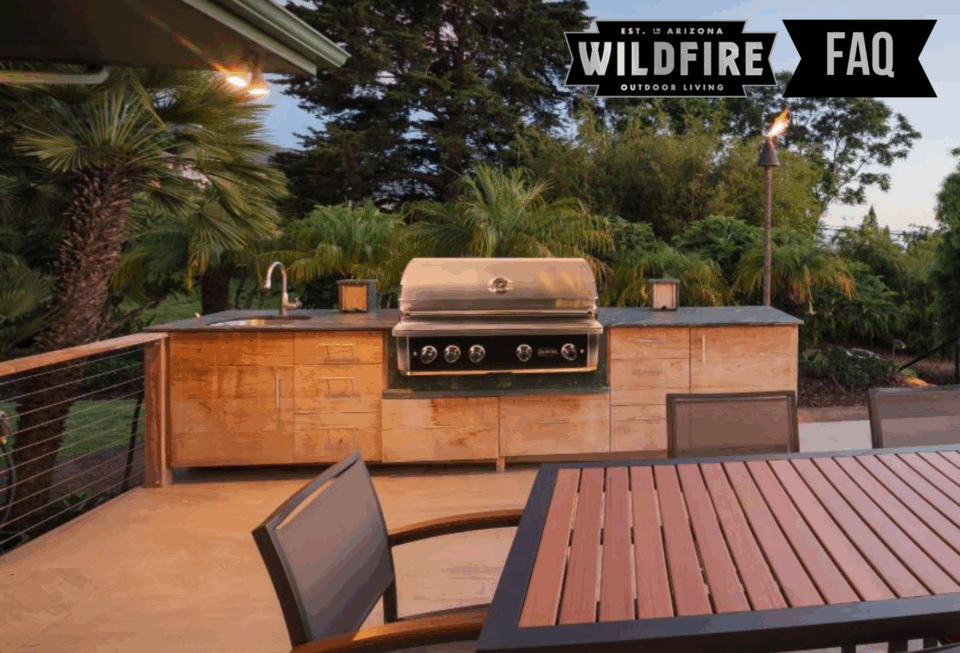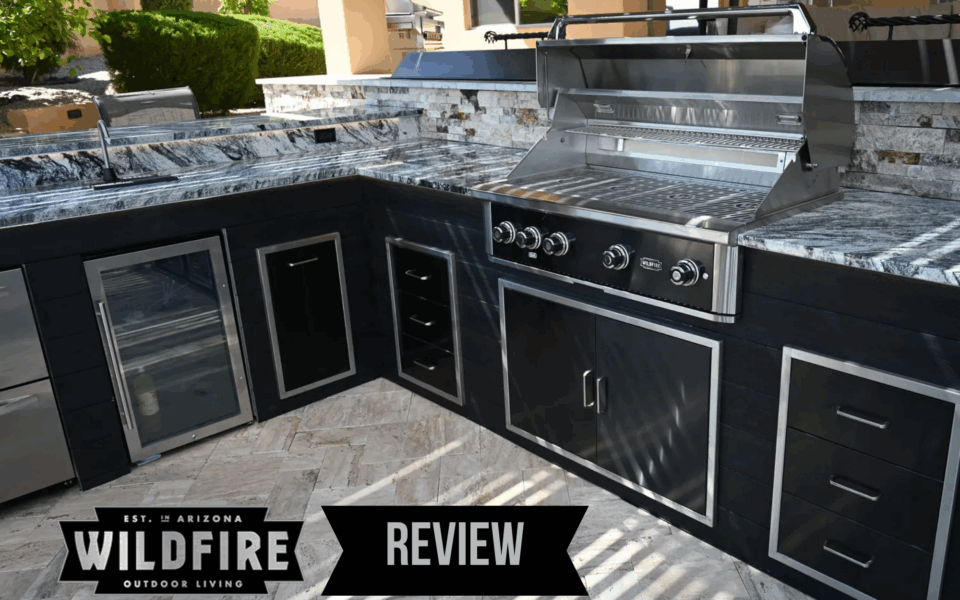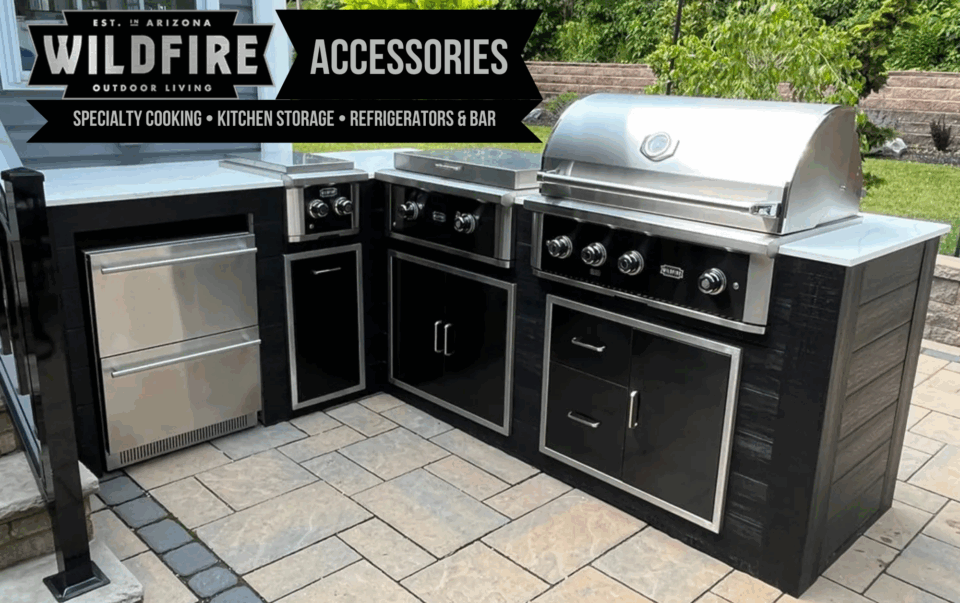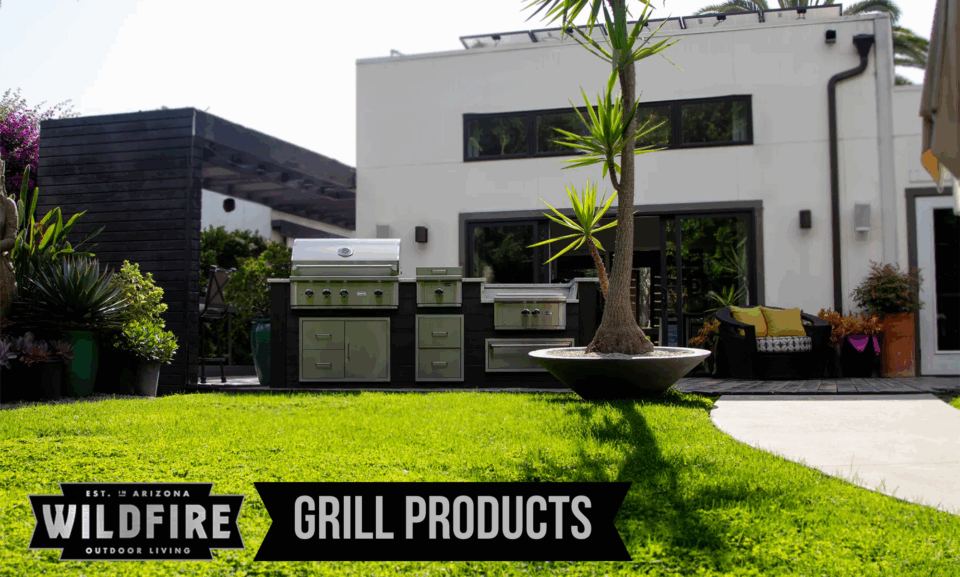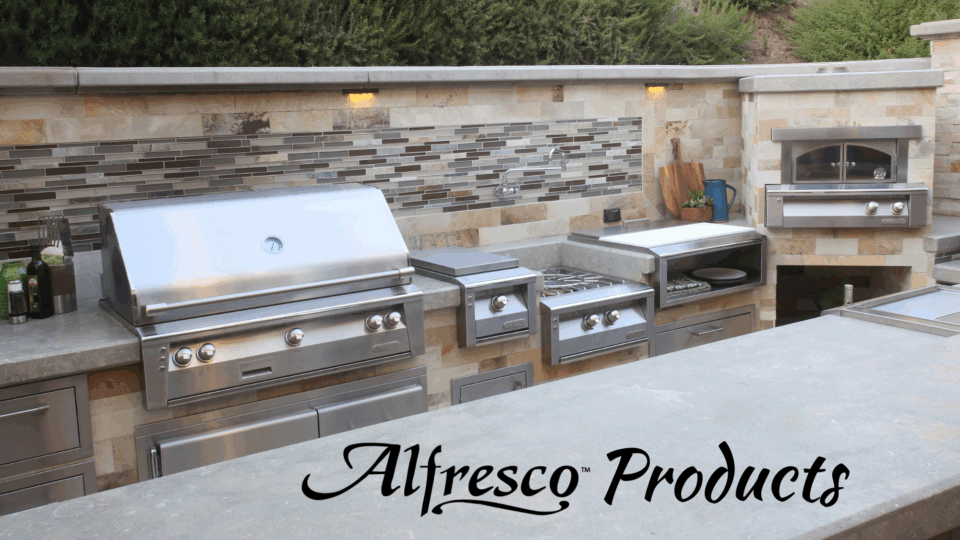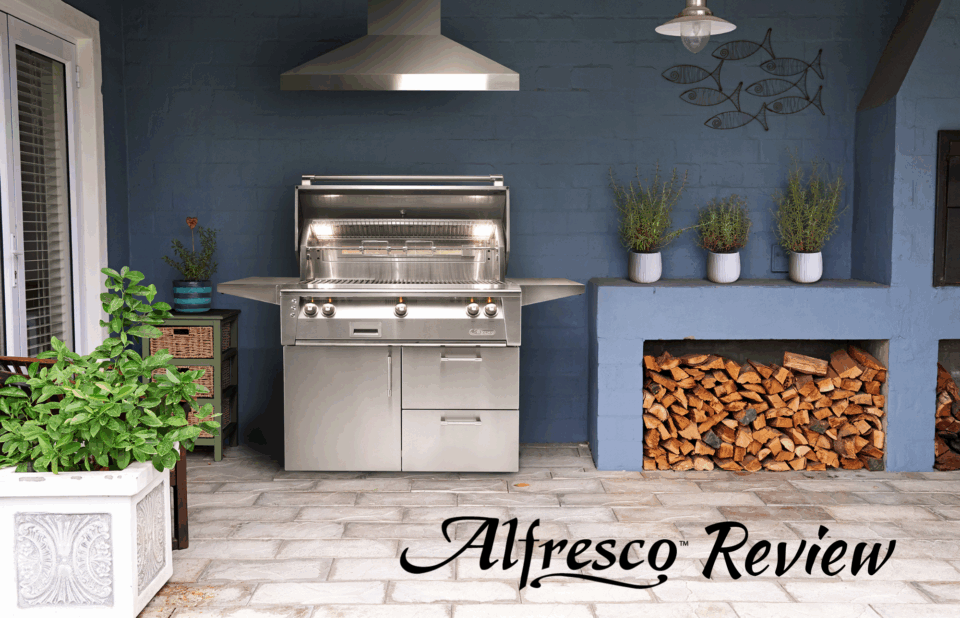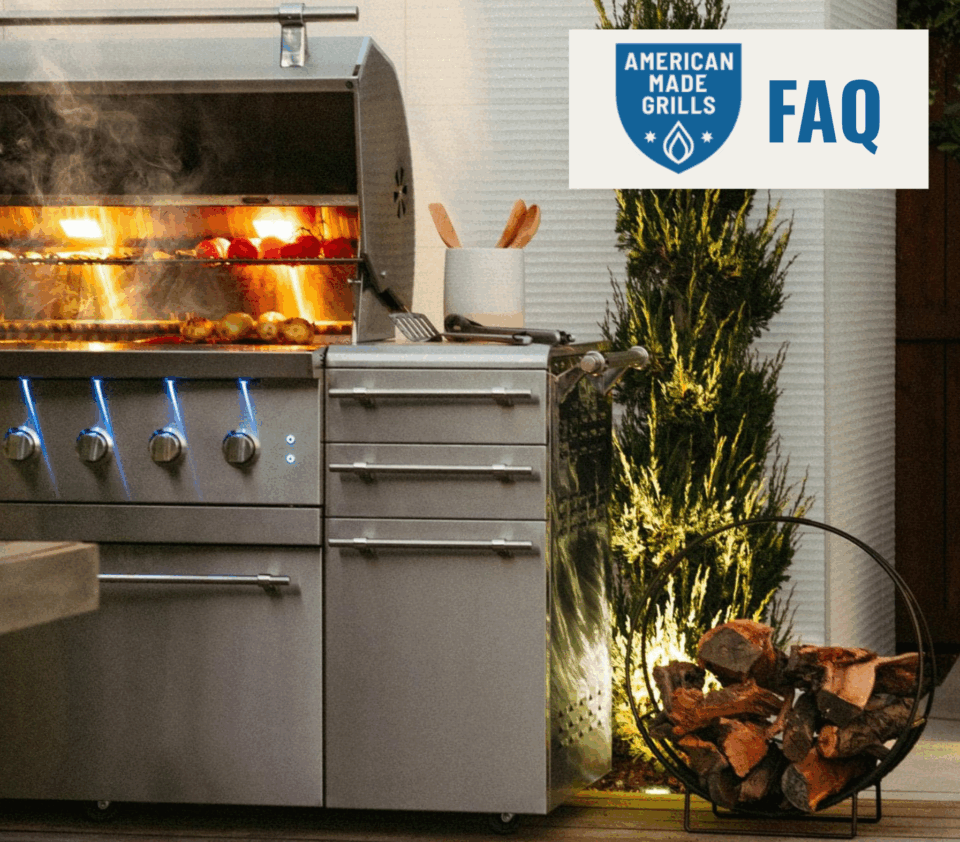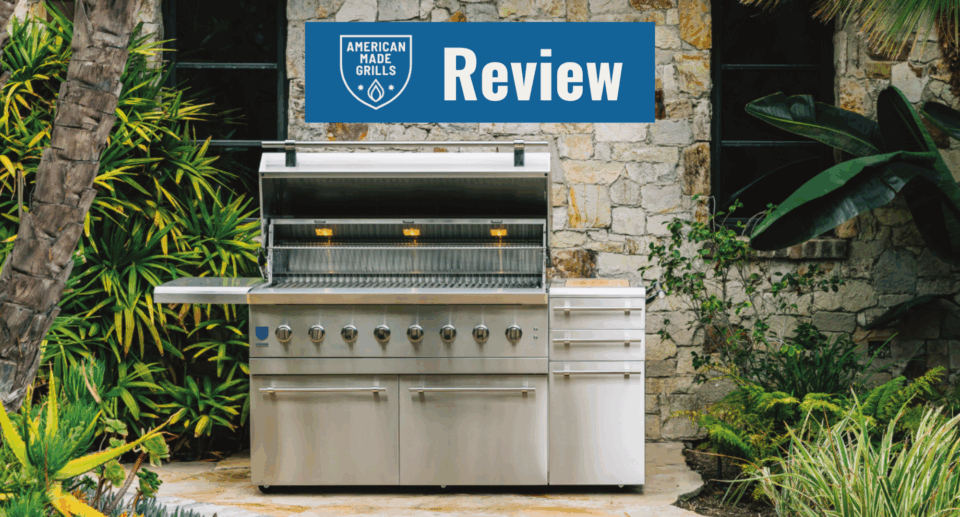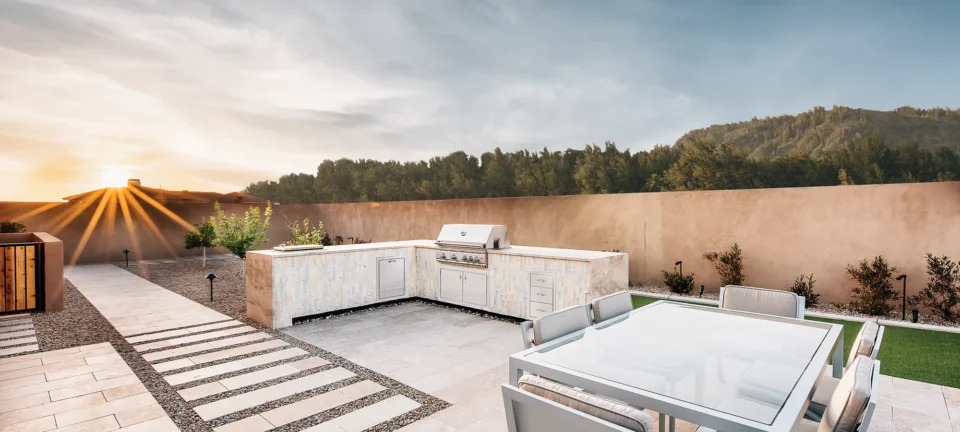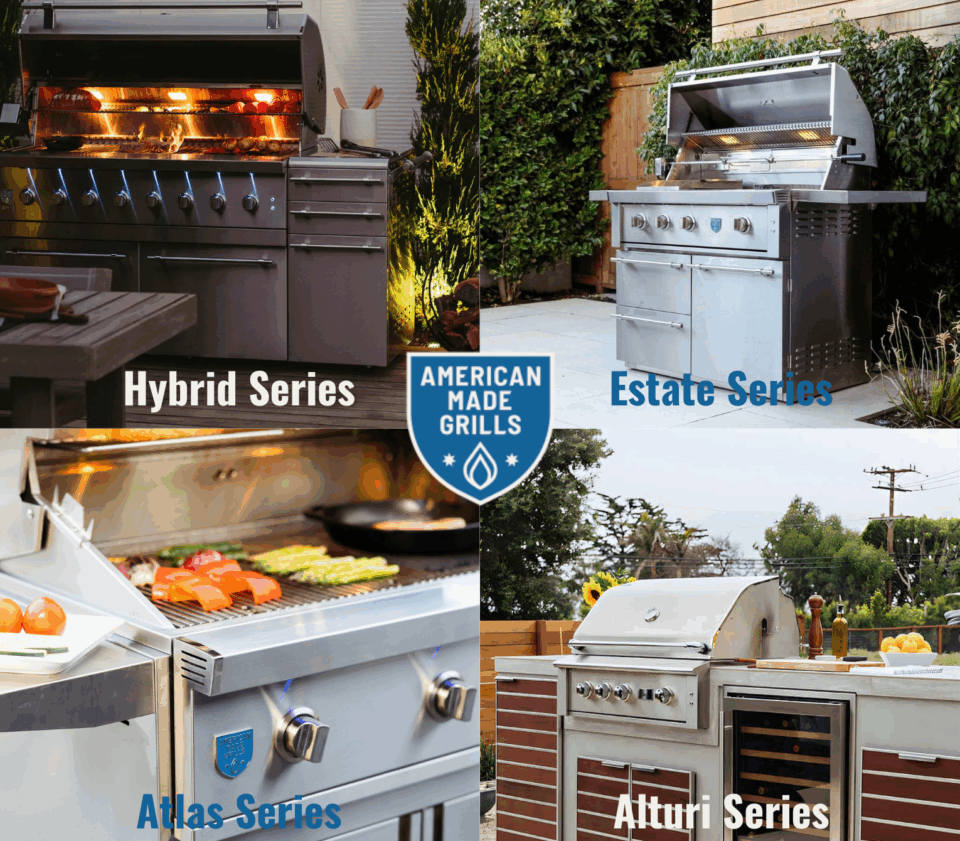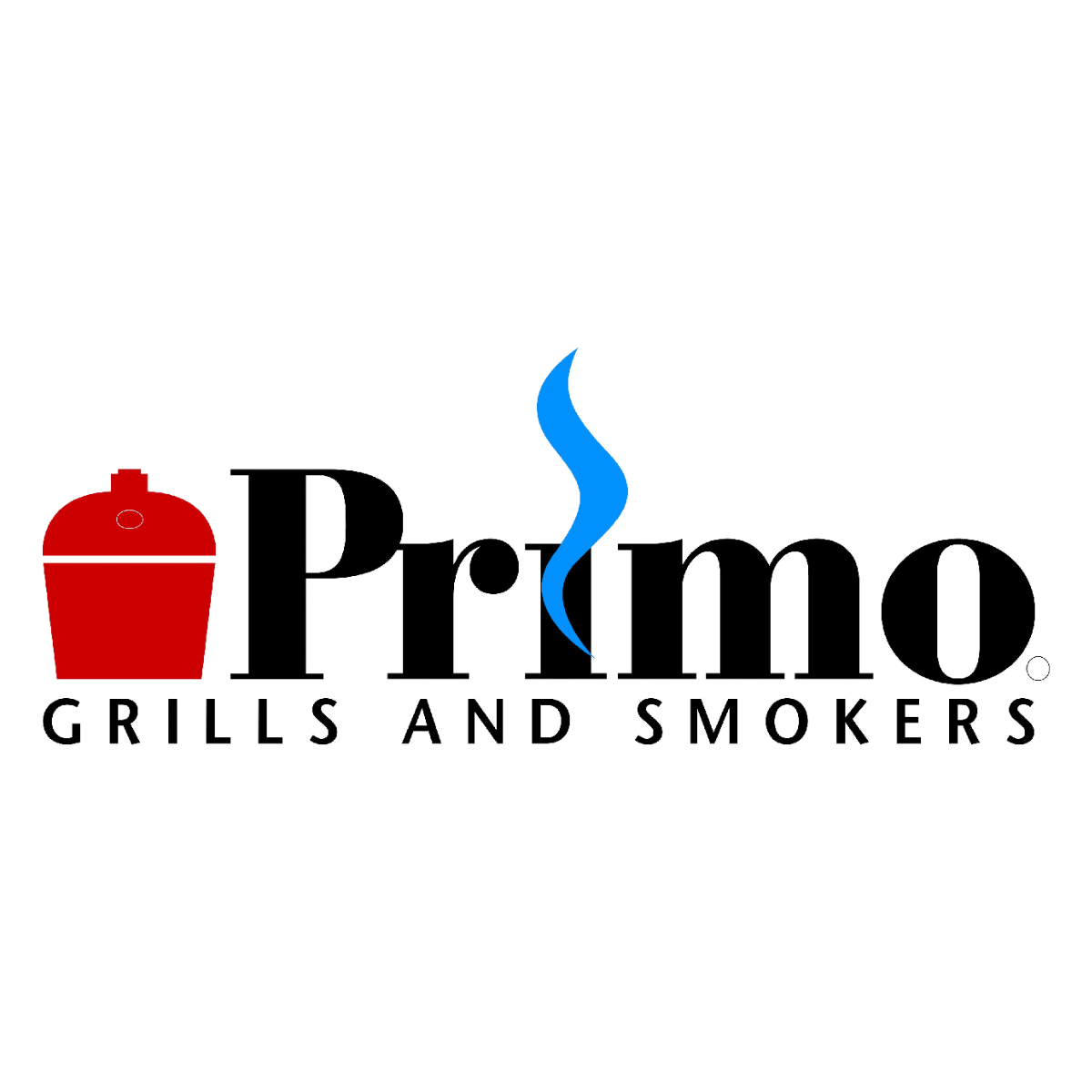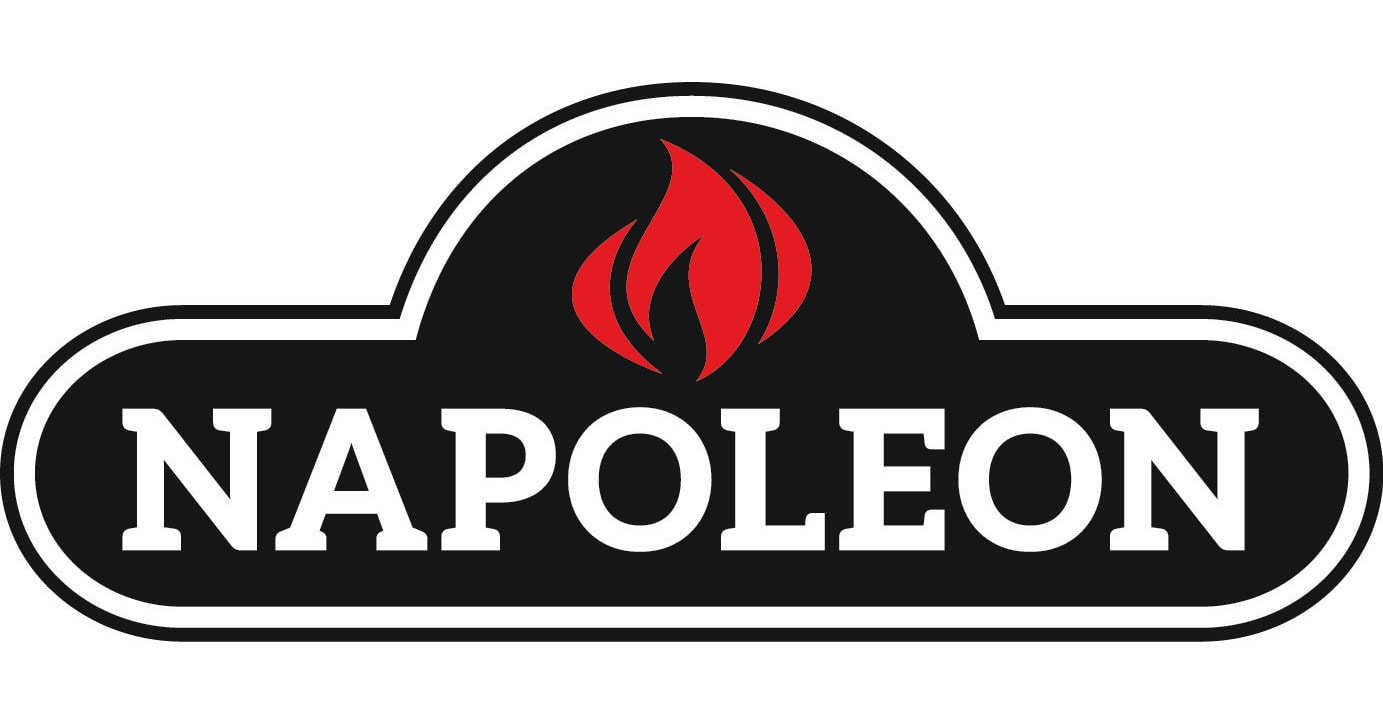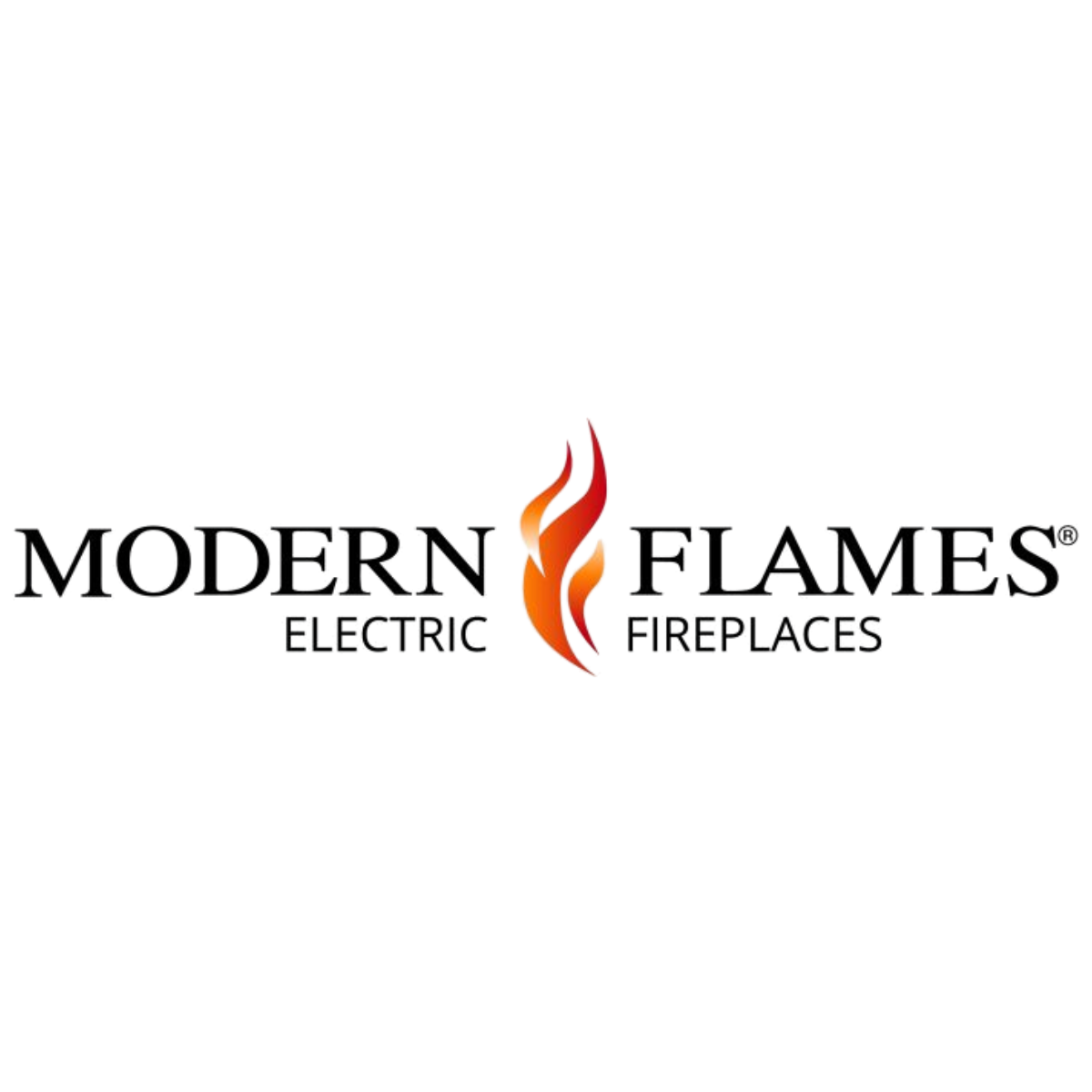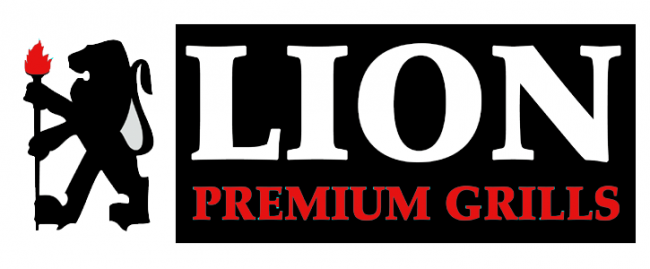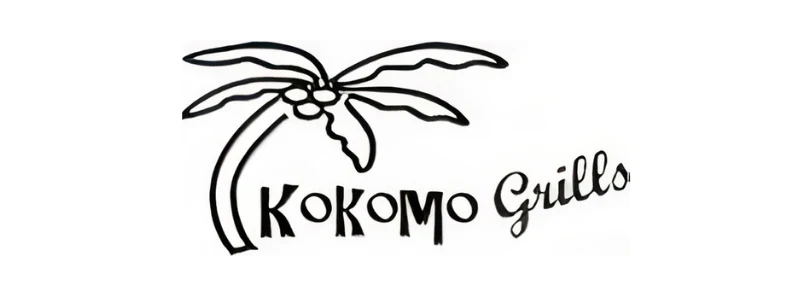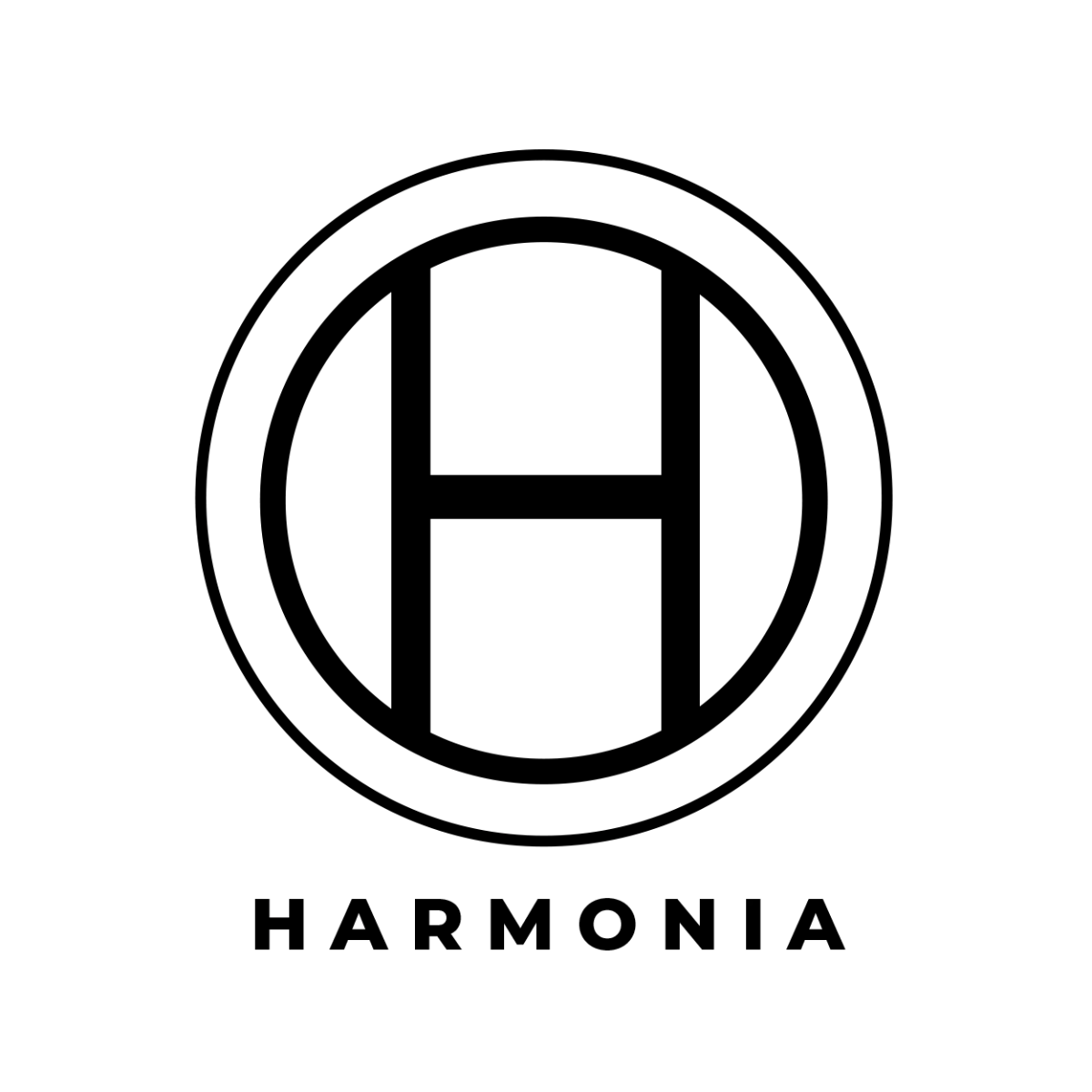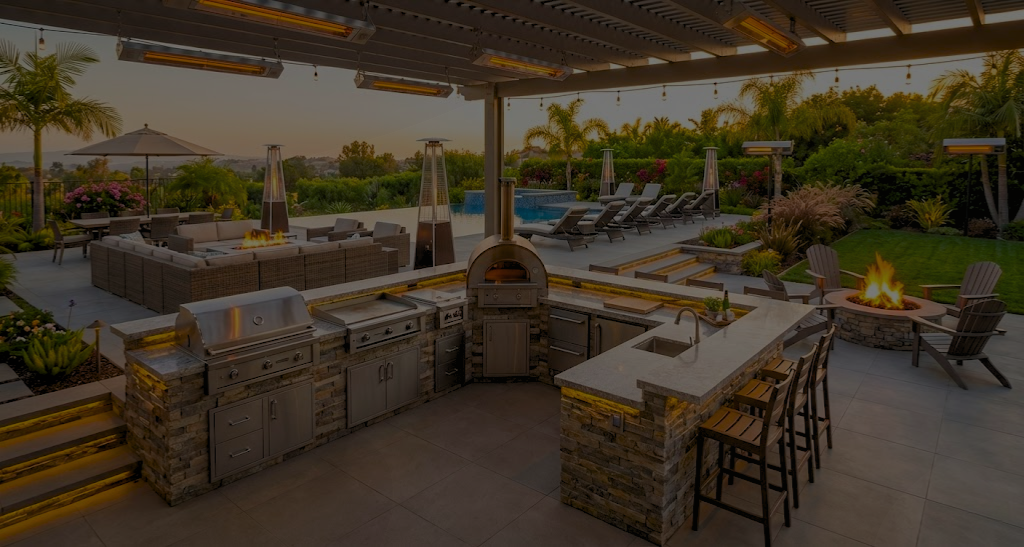
Blog
Stainless Steel Gauges Explained: 304 vs 430, 14-Gauge vs 20—Why $2K Rusts Out While $5K Keeps Cooking
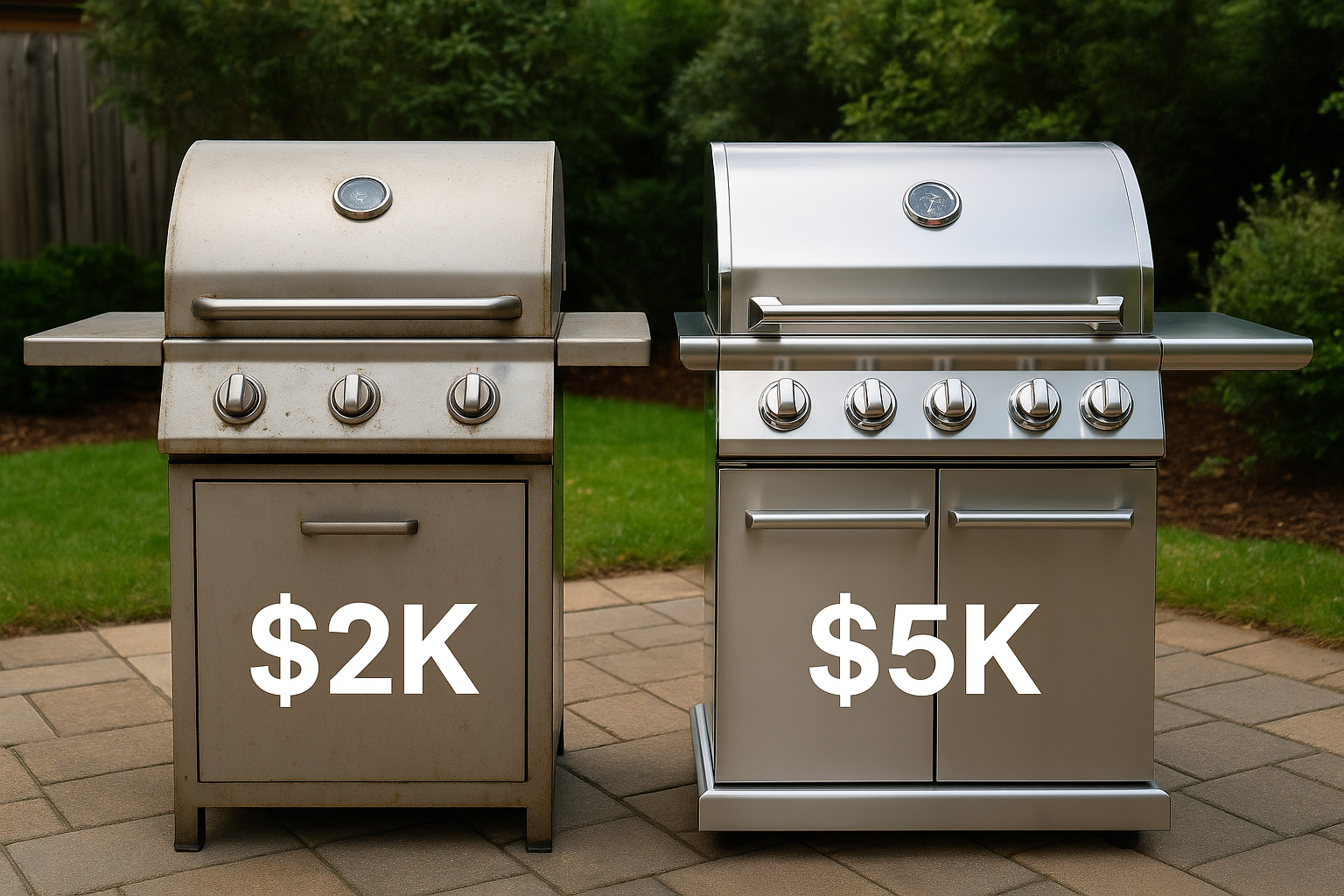
Understanding What Matters in Stainless Steel Grill Quality
Not all stainless steel grills are created equal—and a polished finish doesn’t always mean premium quality. If you’re comparing a 304 vs 430 stainless steel grill, what really matters is how it’s built and how long it will last. From internal components to metal thickness and rust resistance, understanding what’s under the hood can save you from buying twice. A few hundred extra dollars today might mean years of hassle-free cooking tomorrow.
At Best of Backyard, we carry a wide range of premium grills built with 304 and 316 stainless steel—plus expert guidance to help you make the right call.
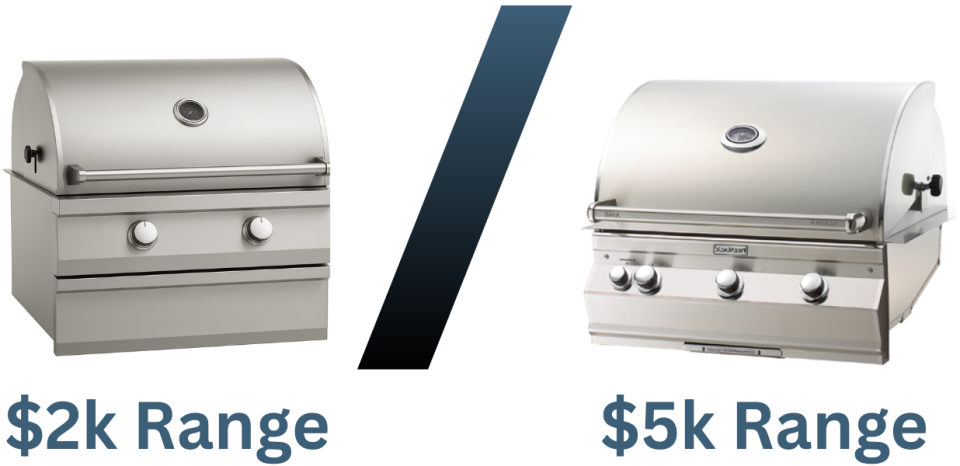
Builders & Materials: Four Grades, Two Gauges, One Huge Gap
When comparing stainless steel grills, it’s not just about the finish—it’s about what’s underneath. The four most common stainless grades you’ll find in grills are 201, 430, 304, and 316, and each comes with a major trade-off in price, rust resistance, and durability. Entry-level grills around $2K often rely on a mix of 201 and 430 stainless steel—paired with 20-gauge panels that feel light and magnetic, but flex under heat and rust quickly in coastal or humid climates.
On the premium end, brands like Fire Magic or Lynx step up to 14-gauge 304 or even 316 stainless steel—adding over 30 pounds of thick, corrosion-resistant metal that holds up for the long haul. These higher-end grills are built with seamless welds, enclosed fireboxes, and durable hoods designed to deflect 1,000°F flare-ups without warping. That material upgrade directly impacts how long your grill resists rust, how much warranty protection it qualifies for, and how much it costs upfront. That’s the huge gap you’re really paying for—and it’s what separates a 2-year grill from a 10-year investment.
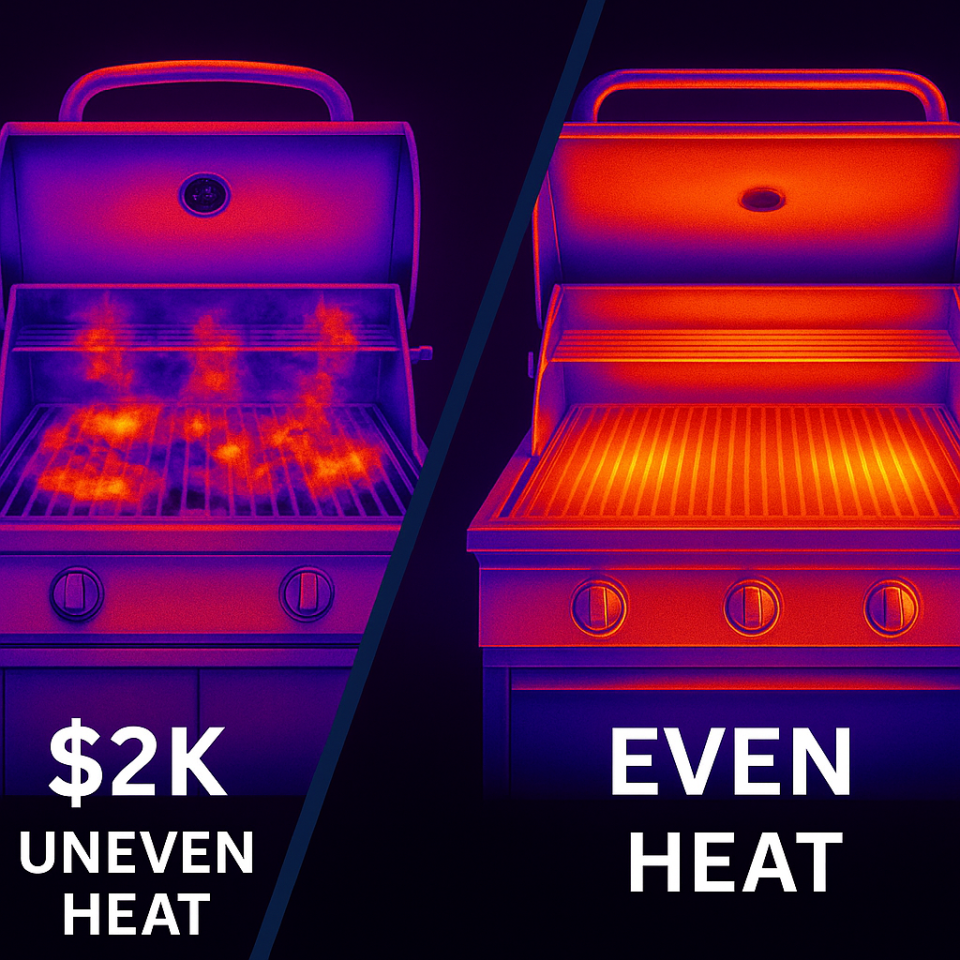
Performance & Features: How Heat Stability Drives Price and Quality
One major reason premium stainless steel grills cost more? Heat stability. Thicker 304 and 316 stainless holds and radiates heat evenly, minimizing temperature swings of 50°F or more across the grill surface. That means better searing, fewer flare-ups, and more consistent results. Thinner grills built with 430-grade steel can’t manage heat the same way—panels flex, hotspots form, and performance suffers. This is where the value of 304 stainless steel becomes clear.
That’s also why high-end models include extras like interior halogen lighting, spring-loaded hoods, and cast stainless burners. The chassis can handle the heat without rattling or warping. Entry-level grills often skip those features entirely—not because they’re unnecessary, but because the frame just isn’t built to support them.
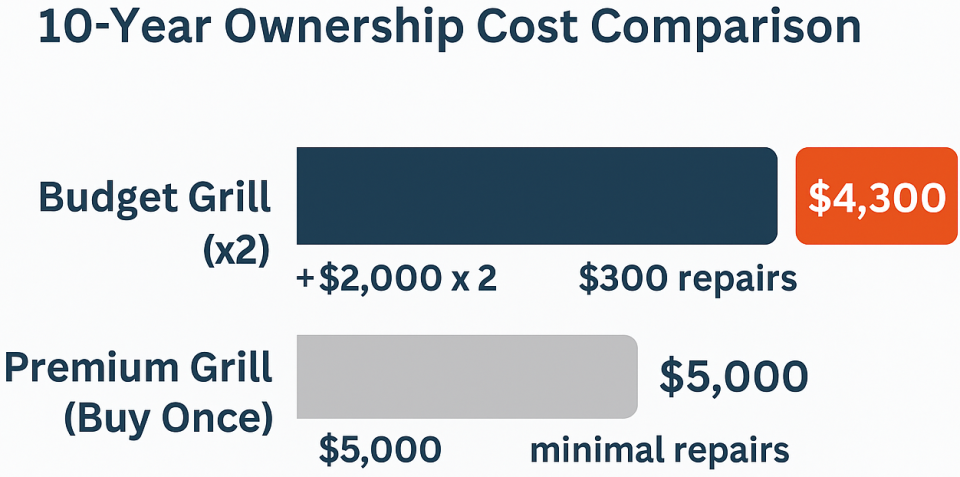
Ownership Math - Replace twice or Buy Once
At first glance, that $2K grill might seem like a steal—but fast forward five years, and you could be replacing it entirely. In coastal or humid climates, thinner grills built with 430 stainless often show rust, lid blistering, or warped internals after just a few summers. Meanwhile, a high-end premium grill built with 304 or 316 stainless can easily push past a decade with only minor upkeep like polishing or swapping out grates.
The best stainless steel grill for the money isn’t always the one with the lowest price tag. When you do the math, two budget grills plus repair parts over 10 years can end up costing more than one premium grill that’s still going strong. Sometimes the smarter investment is the one you don’t have to replace.
Final Thoughts: Invest Once, Grill for Years
If you’re wondering, is 304 stainless steel worth it? The answer is in both the performance and the long-term savings. Entry-level grills made with 430 or 201-grade steel might get you through a season or two—but they’re often no match for humidity, coastal air, or intense flare-ups. Rust spots, warped lids, and premature part failure are common when the materials aren’t built to last.
Premium grills built with 304 or 316 stainless steel bring proven stainless steel grill durability. Thicker gauge metal, seamless welds, and corrosion resistance all add up to better heat retention, longer component life, and a smoother grilling experience for years to come.
At Best of Backyard, we help you make the right choice from the start—whether you’re upgrading your island or building a brand-new setup.
How to Run the 30-Second Grade Test
Not sure what kind of stainless your grill really uses? Grab a magnet and check your grill’s product listing or spec sheet. If the magnet sticks, you’re likely dealing with a cheaper 430-grade steel. True 304 or 316 stainless steel won’t attract a magnet — and it shows in long-term durability.
Always double-check the product details for the steel grade and metal thickness. This simple 30-second test can save you from rust, warping, or buying the same grill twice.
Want to Know What Stainless Grade Your Grill Uses?
Text us your ZIP code and grill model number — we’ll confirm what stainless grade it is, and whether it can handle your local climate.
Text: 951-977-8222❓Stainless Steel Grill FAQ
Is 304 stainless steel worth the extra cost?
Yes. While it costs more upfront, 304 stainless steel offers excellent corrosion resistance, better heat retention, and longer overall lifespan compared to 430 or 201 grades. You’ll save money over time by avoiding rust, part failure, and early replacements.
What’s the difference between 304 and 430 stainless steel?
304 stainless contains more nickel and is non-magnetic, making it highly rust-resistant—perfect for outdoor grills. 430 stainless is magnetic, has less nickel, and is more prone to corrosion, especially in humid or coastal areas. The two may look similar, but they perform very differently over time.
How do I know what grade my grill uses?
Start by checking your owner’s manual or product spec sheet. Many brands list the stainless grade for fireboxes, burners, and exterior panels. You can also try a magnet test—430 stainless is magnetic, while 304 generally is not.
Can I upgrade a grill that uses 430 or 201 stainless?
Not really. While you can swap out some internal parts like burners or grates, the main body and frame are what matter most for long-term durability. If your grill’s core is made with lower-grade steel, the best long-term fix is upgrading to a model built with 304 or 316 stainless.
Which stainless steel grade is best for coastal or humid areas?
If you live near the coast or in a humid climate, go with 316 stainless steel. It includes added molybdenum for superior corrosion resistance. 304 stainless also performs well in most environments, but 316 offers the best protection against salt air and moisture exposure.
Can Best of Backyard help me check my grill’s stainless grade?
Yes! At Best of Backyard, we get questions like this all the time. Text us your ZIP code at (951)-977-8222 and grill model number, and we’ll help you figure out whether it’s 304, 430, or something else—and whether it’s built to last in your area.


